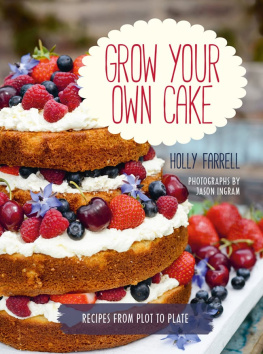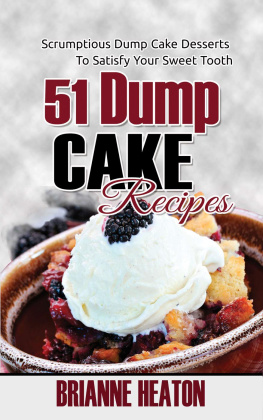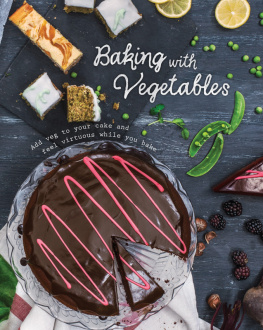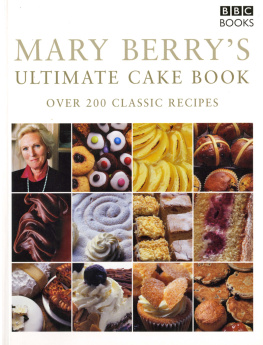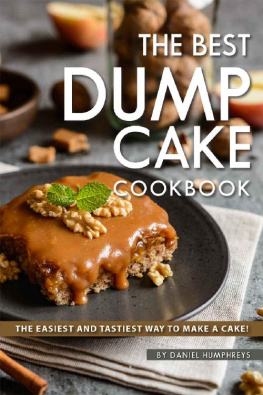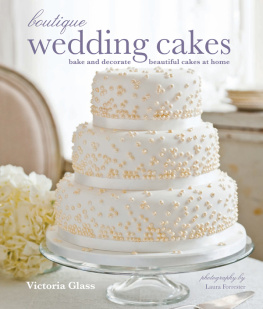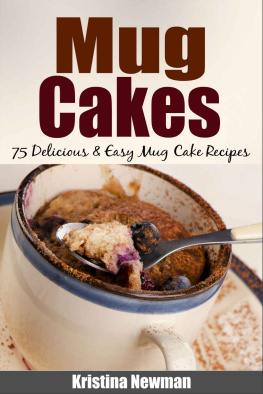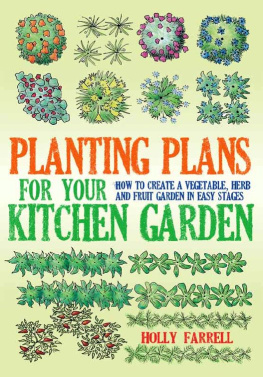CONTENTS
Guide
I have yet to meet a gardener who was not happy to sit down with a cup of tea and a slice of cake. Yet beyond the classics carrot cake, and the inevitable Ive got a glut of courgettes, I know I will bake them in a cake courgette cake vegetables do not tend to feature in baking very often. Fruit, being obviously sweeter, is a different matter, although even then it tends to be reserved for puddings rather than cakes. I have therefore taken the best of the veg patch and fruit cage and the herb and flower gardens too and celebrated them in baked form.
One of the perennial arguments about growing your own vegetables (and fruit) is do they actually taste better than the produce in the shops? Well, the way I see it, the fresher something is and the longer it has had to ripen on the plant, the better it will taste. Plus, if you grow your own, you can try, test and choose the varieties you prefer, rather than being slave to the supermarkets choices, which are usually dictated more by shelf life and how well that fruit or vegetable travels rather than by any consideration for flavour. You also get the opportunity to try many things that are simply not available in the shops, or are at least very difficult to find and very expensive, such as fresh rose flowers, lemon verbena leaves or fresh borlotti beans. Finally although there is no scientific way of proving it, the satisfaction of eating something you have grown yourself makes it taste ten times better.
If gardening is about contentment with the simple life, baking should be too. Although obviously you want your bakes to look good, it is the effort you put into them that matters more for whom you are baking for. So what if your sponge is a little lopsided, or the icing was a bit runny, or the fig juice leaked into the custard? No ones going to notice, and if they do they should not care because you have just baked them a cake. (The exception to this of course is when you are baking competitively.) Baking cakes is fun, and eating them is even better; there is more to life than perfect frosting.
With that in mind I have endeavoured to keep things simple and natural in Grow Your Own Cake. I find recipes that call for tiny amounts of ten different obscure ingredients rather annoying: it means I cannot bake the cake on a whim, because I have to go and source all those ingredients, and I am then left with ten open packets of things I am unlikely to use again for a while clogging up the cupboard. So, to bake all the cakes in this book you need only a few different cake tins, and hardly any of the recipes call for uncommon ingredients. If you have flour, eggs, butter, sugar and a few store-cupboard staples you should be able to walk into the kitchen with some freshly picked fruit or vegetable and bake it into something delicious.
It is time for the bad news. Unfortunately, despite containing a good proportion of fruit and veg, I cannot claim these bakes are healthy. They are still cakes and puddings at the end of the day. However (and this is in no way scientifically proven) you must burn some of the calories in the cake when you cultivate the ingredients, so that has got to be a good reason to grow your own cake.
I would encourage you to be realistic in your ambitions if you are new to gardening. It is very (very) easy to get carried away with seed catalogues and online plant shopping, so before you begin be brutal in your assessment of how much time you have to dedicate to your plot. The best thing to do is to start small a couple of pots of herbs on the windowsill for example and scale up from there, rather than launching gung-ho into an overambitious project that becomes a daunting nightmare, a burden rather than a joy. Yes, I would love you to be growing a huge range of fruit, vegetables, herbs and flowers, because I think gardening is brilliant, but I would also like you to be enjoying yourself.
If you are already a baker, growing your own fruit and vegetables allows you to produce spectacular and unusual cakes to impress your friends. Some are already classics, such as carrot cake (see ). If you are already a gardener, growing your own does not have to mean rows of potatoes and jars of chutney when you can use your produce in cakes and bakes. If you are neither a baker nor a gardener, well hopefully I will inspire you to take up both pastimes.
GROW IT, BAKE IT, EAT IT.
The two introductory chapters, In the Garden and In the Kitchen, contain all the general information you will need to get started. Terms and techniques used in the Grow and Bake pages such as sow thinly or make the pastry are explained too.
Each crop has its own Grow page, and each recipe a Bake page. First come the larger cakes, divided by season: Spring & Summer Cakes, and Autumn & Winter Cakes. Such an arrangement should not deter you from delving into an out-of-season chapter if you have the appropriate fruit or vegetables to hand. Afternoon Tea contains most of the smaller bakes suitable for that occasion, while Puddings has dessert cakes, tarts and cheesecake for every time of year. Finally Savoury Bakes such as simple breads and tarts offer the chance of serving a home-grown main course as well.
A NOTE ON THE RECIPES
When weighing out ingredients, use the metric or the imperial measures never mix the two systems.
See for more information but unless otherwise stated:
Oven temperatures in degrees Celsius/Fahrenheit are for fan ovens. Add 20C/50F if you do not have a fan oven. |
Vegetables and fruit are washed, scrubbed and topped-and-tailed as appropriate. |
All ingredients, especially butter and eggs, are used at room temperature. |
Eggs are medium size. |
BAKING WITH ALLERGIES & INTOLERANCES
The following recipes are wheat-free (WF), gluten-free (GF), dairy-free (DF) or dairy-free without the frosting:
Beetroot cake (see ) DF; |
Blackcurrant mini-pavlovas (see ) WF/GF; |
Carrot & almond cake (see ) WF/GF/DF without frosting; |
Chocolate & raspberry bean cake (see ) WF/GF/DF; |
Flower meringues (see ) WF/GF/DF; |
Hazelnut & rosemary pavlova (see ) WF/GF; |
Pea cheesecake (see ) WF; |
Poppy seed flower-pot bread (see ) DF; |
Tomato cupcakes (see ) DF without frosting. |
All the recipes involving pastry can be made gluten-free, see .

